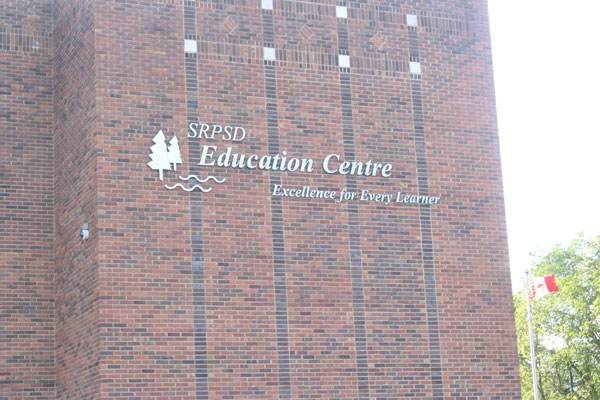The Saskatchewan Rivers School Division will soon be completing a project which will improve air quality in all 35 facilities operated by the division. On Friday the division completed the process of tendering a bipolar ionization upgrade for the buildings.
Superintendent of Facilities Mike Hurd explained that the COVID-19 pandemic raised flags about air quality in the Ministries of Health and Education among others.
“They wanted people to increase the filter ratings and things like that for schools. The ministry had some funding in place that they were offering up for projects like air quality improvement,” Hurd said.
We are looking forward to getting started and improving the air quality in our facilities. It is just one more thing we can do to make it cleaner air for our learning spaces and to help with the fight of COVID-19,” he added.
Hurd explained that the other positive is that the system also kills mould spores in the air.
“If you have got areas where you have mould or mould could be in the air it will kill that too. So that also helps the air quality. It’s not just about COVID it’s about general air quality and air purification in schools,” he added.
Hurd explained that he was aware that the Prince Albert Catholic School Division has also done a similar project but not to such a scale. The project was done working with an engineering firm in Regina. The firm gathered information to find if a project of this type was viable for air quality improvement.
“A lot of people use air purifiers in their homes of a smaller nature. Now this is kind of the same thing — it’s bipolar ionization and we got some good reviews,” Hurd explained.
One example of an air quality system is Frank Dunn Pool in Carlton Comprehensive High School, which uses ultraviolet light. . Hurd said that to do that type of air filtration across all 35 buildings could become a maintenance concern because the ultraviolet lights burn out.
“Whereas with this bipolar ionization system you don’t have (to replace lights), so we chose to go this way.”
The tender closed on March 12 and Hurd explained it was awarded to a firm in Prince Albert. The details of the firm cannot be made public at this time. The tender cost came back in a range of what the division will receive from the Ministry of Education for the project.
“It’s more work for the people out of Prince Albert so that’s a good thing all around. It looks like it is going to be about a five-month project once it gets started. So once those people get their award of tender they will start ordering the product and then they will start kind of mobilizing and putting a plan together as to where we are going to start and how this is going to roll out,” Hurd said.
The project will be in all 35 buildings in the division including the Education Centre, Bus Garage, Support Services building and each school.
The technology works to safely clean the air inside industrial, commercial and residential buildings. The technology uses an electronic charge to create a plasma field filled with a high concentrate of positive and negative ions. As the ions travel in the air stream they attach to the particles, pathogens and gas molecules and the ions help to clean the air and filter them and makes them filterable and once that happens they get picked up in the filter.
The ions kill pathogens, by taking away life sustaining hydrogen that is in a pathogen. They break down the harmful volatile organic compounds (VOCs) within the air.
Hurd explained that the ions travel in the airstream into the occupied space providing clean air everywhere the air would travel in classrooms and other parts of the schools.
In the tender, it explains what the process will be like for each building as there are smaller schools and larger buildings like Carlton and the Education Centre.
“Some schools are small and they have furnaces. Then you get into the larger schools like Carlton with their great big air handling units with coils and they put them across the face of the coils and those units are quite large and there would be more of them,” Hurd said.
“We are just pleased that the ministry has offered up these projects and we are going to take advantage of it, we are looking forward to getting started and improving the air quality in our facilities. It is just one more thing we can do to make it cleaner air for our learning spaces and to help with the fight of COVID-19,” Hurd explained
The division hopes to complete the project as soon as possible.
“I think in the tender we were looking at around 150 days start to finish is what’s allowed in there but it could happen quicker as long as they get supply,” Hurd said.


